Home>Maintenance & Safety>Pest Control Solutions>What Do Yellow Jackets Eat
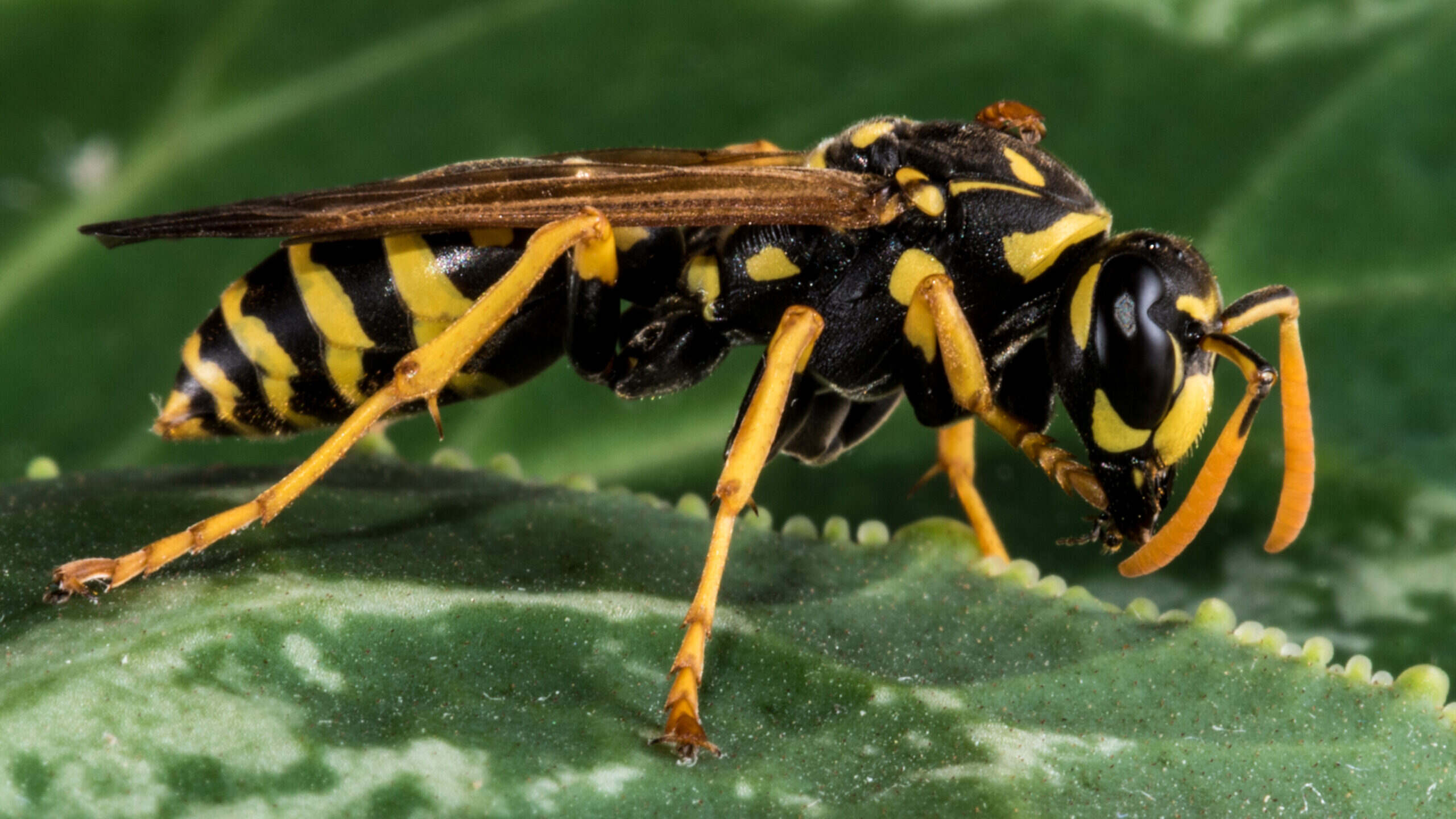

Pest Control Solutions
What Do Yellow Jackets Eat
Modified: February 18, 2024
Discover effective pest control solutions for yellow jackets and learn what these pests eat. Protect your home and garden with expert tips and advice.
(Many of the links in this article redirect to a specific reviewed product. Your purchase of these products through affiliate links helps to generate commission for Storables.com, at no extra cost. Learn more)
Introduction
Yellow jackets, known for their distinctive yellow and black markings, are a common sight during the warmer months. These aggressive insects belong to the Vespula and Dolichovespula genera and are often mistaken for bees due to their similar appearance. However, yellow jackets are actually a type of wasp and play a unique role in the ecosystem.
Understanding the dietary habits and feeding behaviors of yellow jackets is crucial for managing their presence and mitigating potential risks. By delving into their feeding preferences and ecological impact, we can gain valuable insights into the intricate balance of nature and the measures necessary to coexist harmoniously with these fascinating insects.
In the following sections, we will explore the dietary preferences of yellow jackets, their feeding habits, and the impact they have on ecosystems. Additionally, we will delve into effective strategies for controlling yellow jacket populations, offering practical solutions for addressing potential infestations and minimizing their impact on human and environmental well-being.
Key Takeaways:
- Yellow jackets have a diverse diet, enjoying sugary treats in spring and hunting for protein in summer. They also help ecosystems by controlling pests and recycling nutrients.
- To manage yellow jackets, prevent nesting, use traps, seek professional help, modify the environment, and educate the community. This helps coexist with these insects while minimizing conflicts.
Read more: What Temp Do Yellow Jackets Die
Yellow Jacket Diet
Yellow jackets are omnivorous insects with a diverse diet that includes a wide range of food sources. Their feeding habits vary based on the time of year and the needs of their colony. While they primarily consume carbohydrates, they also play a crucial role in controlling pest populations and scavenging for protein-rich sustenance.
Carbohydrates:
During the spring and early summer, yellow jackets exhibit a strong preference for carbohydrates. They are commonly attracted to sugary substances such as nectar, fruits, and sweet beverages. This inclination towards sugary foods is particularly evident when observing their interactions with human food sources, as they are often drawn to sugary drinks, ripe fruits, and even sugary residues on outdoor dining surfaces.
Protein:
As the summer progresses, the dietary focus of yellow jackets shifts towards protein-rich foods. This transition is driven by the needs of the growing colony, as protein is essential for nurturing the developing larvae. In pursuit of protein, yellow jackets display remarkable hunting abilities, preying on a variety of insects, including caterpillars, flies, and other small arthropods. This predatory behavior not only sustains the colony but also aids in regulating the populations of potential pest species.
Scavenging:
In addition to actively hunting for protein, yellow jackets are adept scavengers, foraging for meat and carrion to supplement their diet. This scavenging behavior serves as a vital ecological function, contributing to the decomposition of organic matter and the recycling of nutrients within the ecosystem.
Read more: What Scent Do Yellow Jackets Hate
Other Dietary Preferences:
Yellow jackets are also known to consume a diverse array of food items, including tree sap, honeydew produced by aphids, and even the secretions of ripening fruits. Their adaptable feeding habits enable them to exploit various food sources, allowing them to thrive in a wide range of environments.
Understanding the dietary preferences of yellow jackets is essential for implementing effective pest management strategies and minimizing potential conflicts with human activities. By recognizing their role as both predators and scavengers, we can appreciate the intricate balance they maintain within the ecosystem while taking measures to mitigate their impact on human habitats.
Yellow Jacket Feeding Habits
Yellow jackets, as versatile and opportunistic foragers, exhibit a diverse array of feeding habits that reflect their adaptability and ecological significance. Their dietary preferences and feeding behaviors are intricately linked to the needs of their colony and the seasonal availability of food sources. Understanding these feeding habits is crucial for comprehending their impact on ecosystems and implementing effective pest management strategies.
During the spring and early summer, yellow jackets display a pronounced inclination towards carbohydrates. This preference for sugary substances, such as nectar from flowers and the sweet juices of ripe fruits, is driven by the energetic demands of the colony. Their attraction to sugary foods extends to human environments, where they are often drawn to sugary drinks, discarded sweets, and residues of sugary substances on outdoor dining surfaces. This behavior underscores their adaptability and opportunistic nature, as they exploit human food sources to meet their nutritional needs.
As the summer progresses, the dietary focus of yellow jackets shifts towards protein-rich foods. This transition is closely tied to the developmental stages of the colony, as protein is essential for nurturing the growing larvae. Yellow jackets exhibit remarkable hunting abilities, preying on a variety of insects, including caterpillars, flies, and other small arthropods. Their predatory behavior not only sustains the colony but also contributes to the regulation of potential pest species, thereby exerting a natural form of pest control within the ecosystem.
In addition to actively hunting for protein, yellow jackets engage in scavenging behavior, foraging for meat and carrion to supplement their diet. This scavenging activity plays a vital role in the decomposition of organic matter, contributing to nutrient recycling within the ecosystem. Furthermore, yellow jackets are known to exploit other food sources, including tree sap, honeydew produced by aphids, and the secretions of ripening fruits. Their adaptable feeding habits enable them to thrive in a variety of environments, showcasing their ecological resilience and resourcefulness.
By comprehensively understanding the feeding habits of yellow jackets, we gain valuable insights into their ecological role as both predators and scavengers. This knowledge forms the foundation for implementing sustainable pest management practices that respect the natural balance of ecosystems while addressing potential conflicts with human activities. Through a nuanced understanding of their feeding behaviors, we can foster coexistence with these remarkable insects while minimizing their impact on human and environmental well-being.
Impact of Yellow Jackets on Ecosystems
Yellow jackets play a significant role in ecosystems, contributing to the intricate balance of natural processes and ecological dynamics. Their impact extends across various facets of the environment, influencing the populations of other species, nutrient cycling, and the overall functioning of ecosystems.
Predatory Influence:
As adept hunters, yellow jackets exert a notable influence on the populations of potential pest species. By preying on insects such as caterpillars, flies, and other arthropods, they contribute to the regulation of these populations, thereby functioning as a form of natural pest control. This predatory influence helps maintain the ecological equilibrium by preventing the unchecked proliferation of certain insect species, ultimately contributing to the overall health and stability of ecosystems.
Read more: Why Do Yellow Jackets Sting
Scavenging and Nutrient Recycling:
Yellow jackets' scavenging behavior plays a crucial role in nutrient recycling and the decomposition of organic matter within ecosystems. By foraging for meat and carrion, they aid in the breakdown of organic material, facilitating the release of nutrients back into the environment. This process contributes to the cycling of essential nutrients, fostering the sustainability of ecosystems and supporting the growth and vitality of plant communities.
Pollination:
While not as prominent as bees, yellow jackets also contribute to pollination, albeit to a lesser extent. As they forage for nectar and other sugary substances, they inadvertently transfer pollen from one flower to another, facilitating the reproductive processes of various plant species. This incidental role in pollination underscores their ecological significance and their contribution to the reproductive success of flowering plants within their habitats.
Competitive Interactions:
However, the presence of yellow jackets can also impact the behavior and foraging patterns of other pollinators and scavengers within ecosystems. Their aggressive nature and competitive interactions with other insects may influence the distribution and abundance of certain species, potentially altering the dynamics of ecological communities. This competitive aspect of their presence underscores the complex interplay of species interactions within ecosystems.
Balancing Coexistence:
Understanding the multifaceted impact of yellow jackets on ecosystems is essential for fostering a balanced coexistence with these insects. While their predatory and scavenging behaviors contribute to the functioning of ecosystems, their aggressive nature and potential competition with other species necessitate a nuanced approach to managing their presence. By recognizing their ecological role and implementing targeted pest management strategies, it is possible to mitigate potential conflicts while preserving the integrity and resilience of natural ecosystems.
By comprehensively assessing the impact of yellow jackets on ecosystems, we can develop informed strategies that respect the intricate web of life while addressing potential challenges associated with their presence. This holistic understanding forms the basis for promoting sustainable coexistence and preserving the ecological harmony of diverse habitats.
Read more: What Is Yellow Jackets About
Controlling Yellow Jacket Populations
Effective management of yellow jacket populations is essential for mitigating potential risks and minimizing conflicts with human activities. By implementing targeted strategies, it is possible to address infestations and reduce the impact of these insects on both ecological systems and human habitats.
Prevention and Nest Removal
Preventive measures play a crucial role in controlling yellow jacket populations. Regular inspection of potential nesting sites, such as hollow trees, wall voids, and underground burrows, allows for early detection and intervention. Prompt removal of newly established nests can prevent the rapid expansion of colonies, reducing the overall population of yellow jackets in a given area.
Trapping
Strategic trapping can be an effective method for reducing yellow jacket populations, particularly in outdoor recreational areas and agricultural settings. Commercially available traps designed specifically for yellow jackets can be deployed to capture foraging workers, thereby diminishing the number of individuals contributing to colony growth. Traps should be positioned away from human activity areas to minimize the risk of encounters.
Professional Intervention
In cases of extensive infestations or nests located in challenging or inaccessible areas, seeking professional pest control services is advisable. Pest management professionals possess the expertise and specialized equipment necessary for safely and effectively addressing large-scale yellow jacket populations. Their intervention can ensure thorough nest removal and population control, minimizing the potential for stings and disturbances.
Read more: What Time Do Yellow Jackets Sleep
Environmental Modifications
Modifying the environment to reduce attractants for yellow jackets can contribute to population control. Proper waste management, including securing garbage bins and promptly disposing of food waste, minimizes food sources that attract foraging yellow jackets. Additionally, sealing potential entry points into buildings and structures can prevent nesting, reducing the likelihood of establishing new colonies in close proximity to human dwellings.
Public Awareness and Education
Raising public awareness about yellow jacket behavior and the importance of proactive population control measures is instrumental in fostering community involvement. Educating individuals about the risks associated with yellow jacket encounters and the significance of early intervention can encourage responsible practices and prompt reporting of nest sightings, facilitating timely population management efforts.
By integrating these targeted approaches, it is possible to effectively control yellow jacket populations while respecting their ecological role within natural ecosystems. Proactive measures, combined with community engagement and professional assistance when necessary, contribute to the sustainable coexistence of humans and yellow jackets, minimizing potential conflicts and promoting harmonious interactions within diverse environments.
Frequently Asked Questions about What Do Yellow Jackets Eat
Was this page helpful?
At Storables.com, we guarantee accurate and reliable information. Our content, validated by Expert Board Contributors, is crafted following stringent Editorial Policies. We're committed to providing you with well-researched, expert-backed insights for all your informational needs.
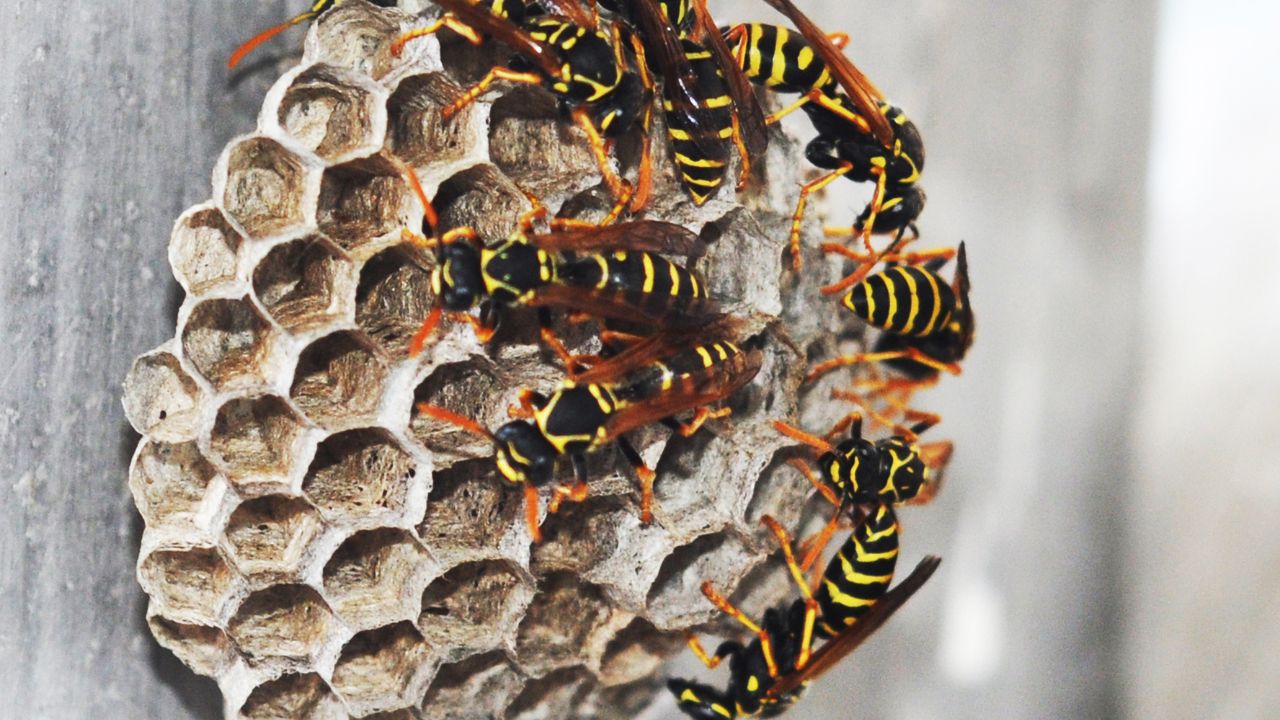
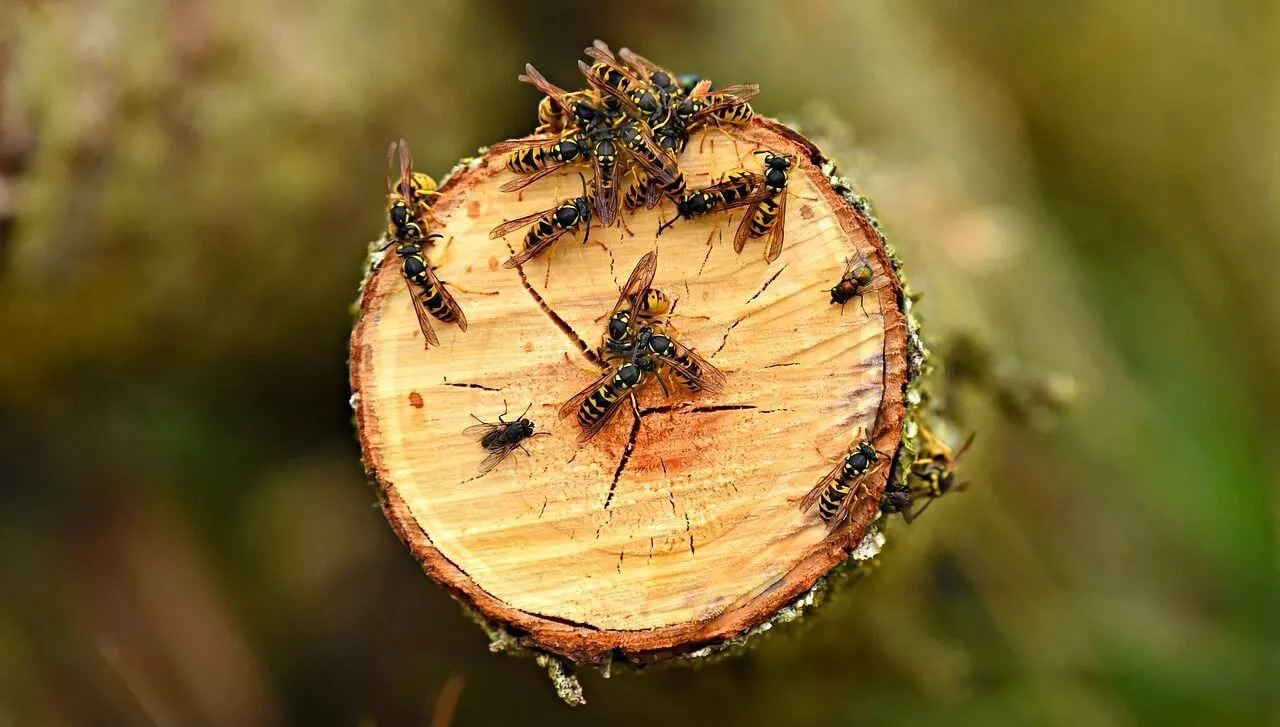
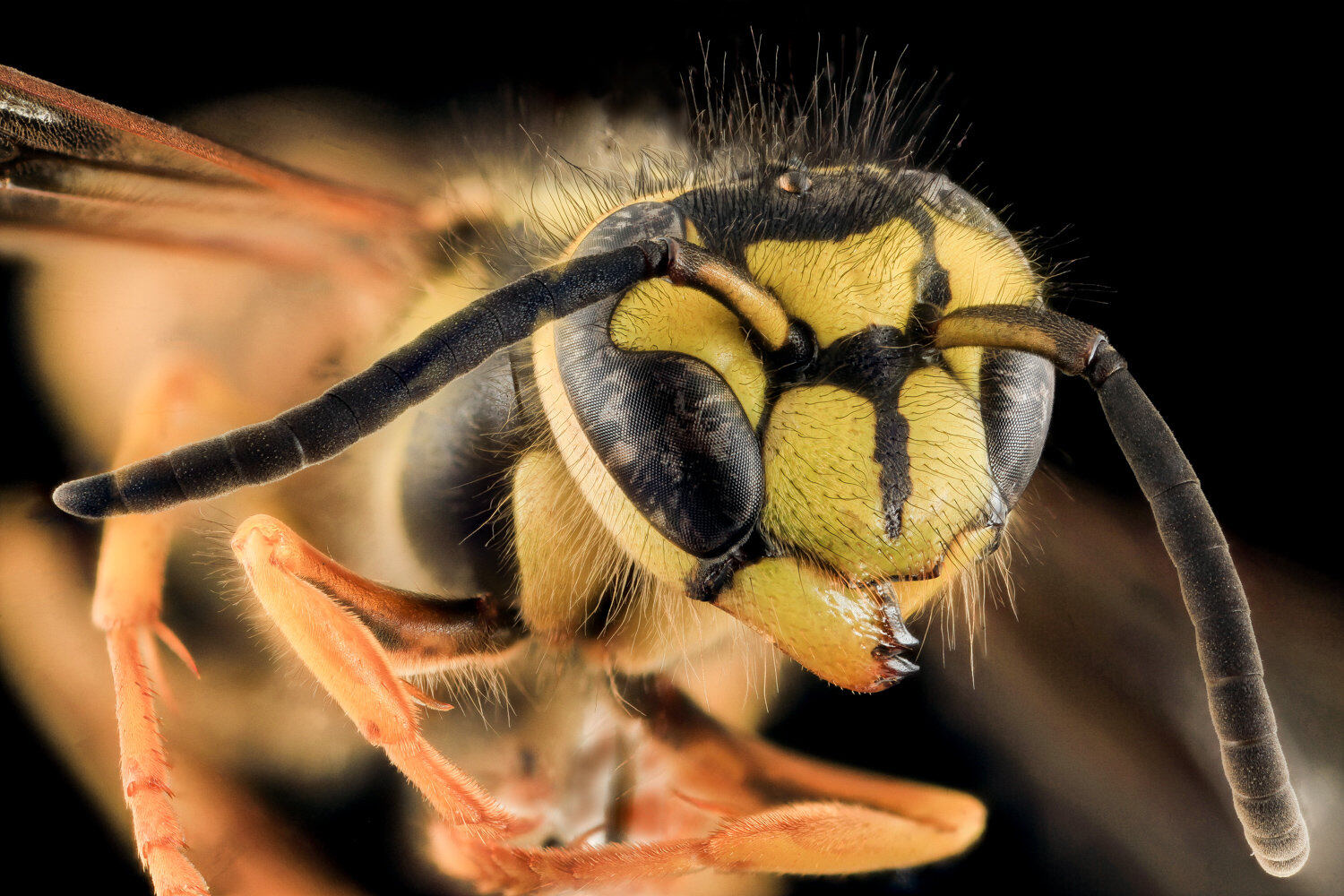
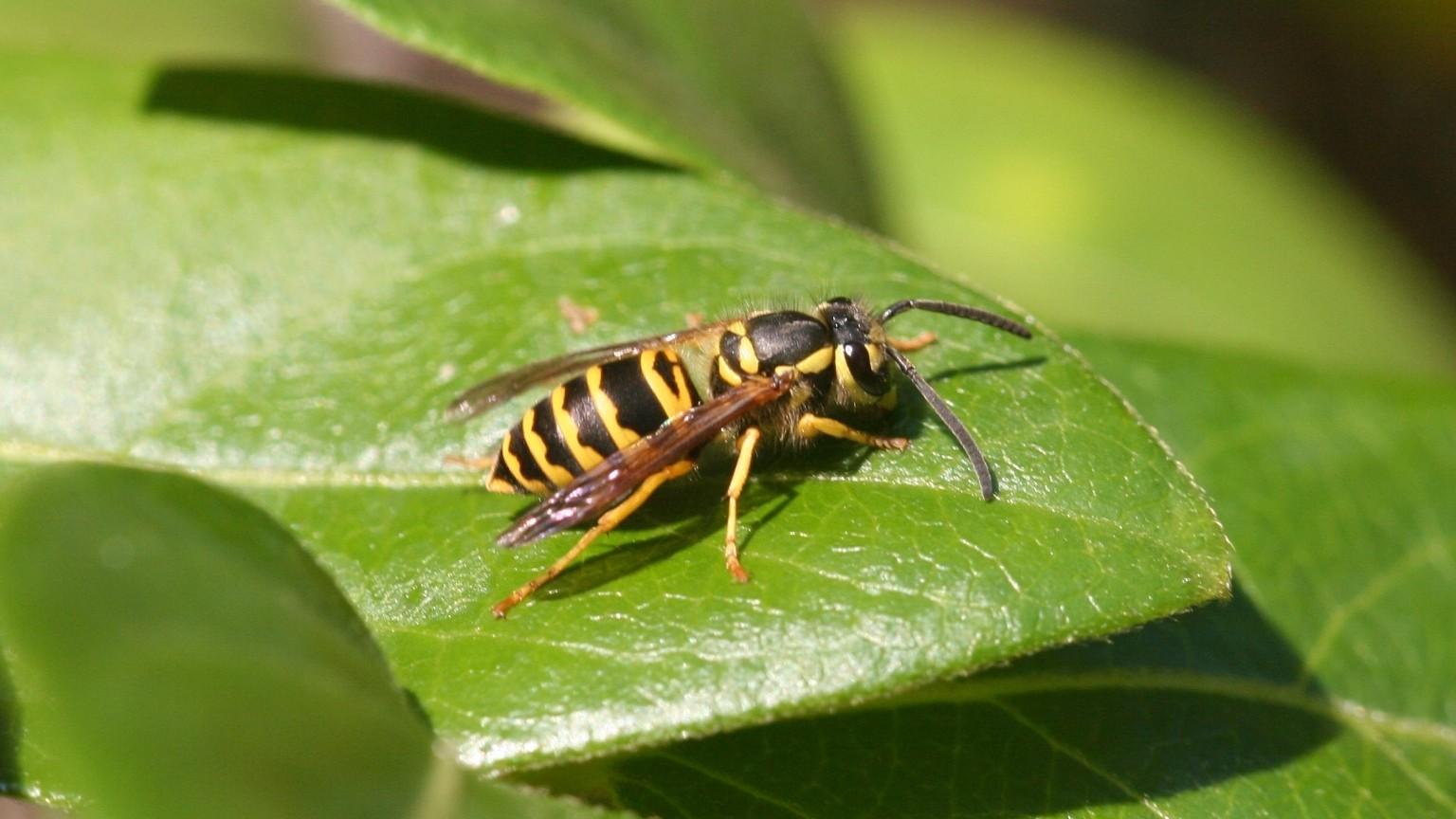
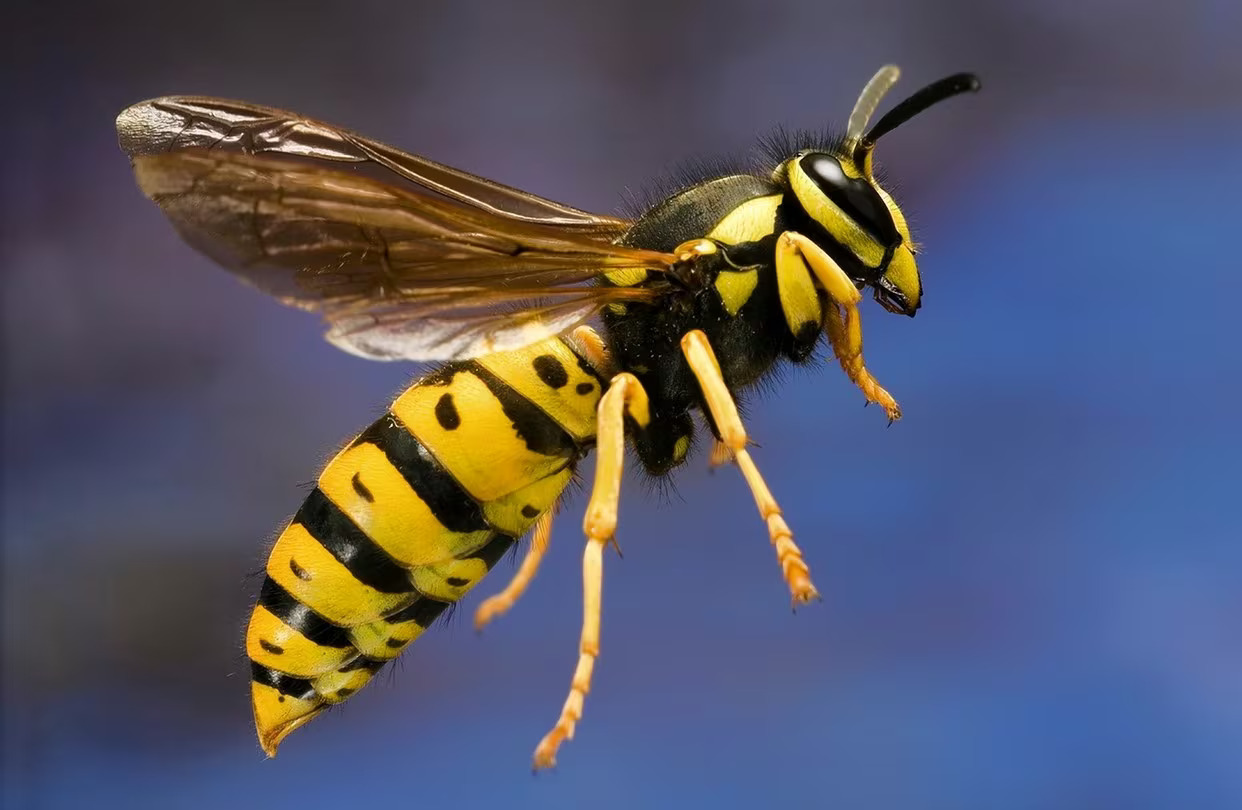
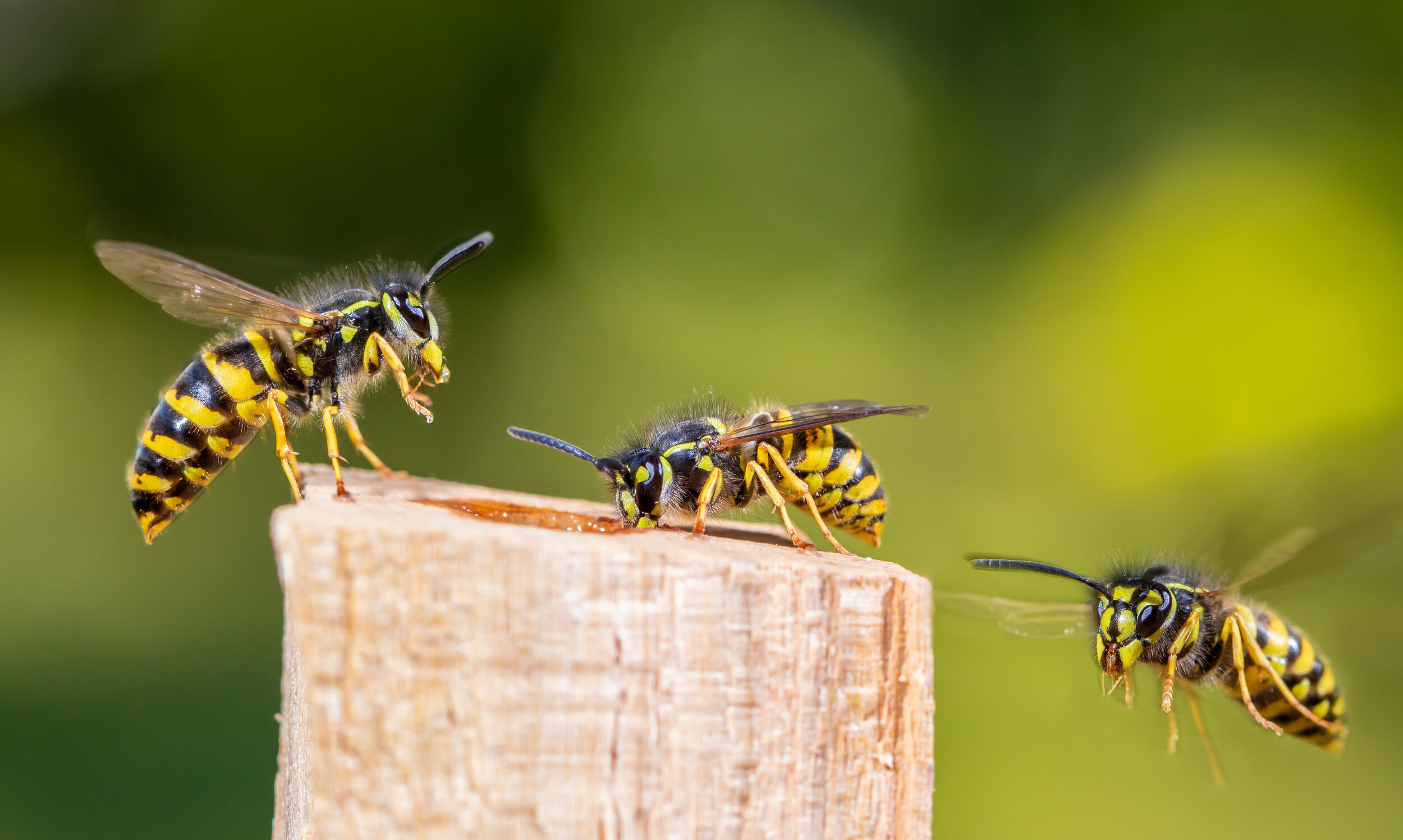
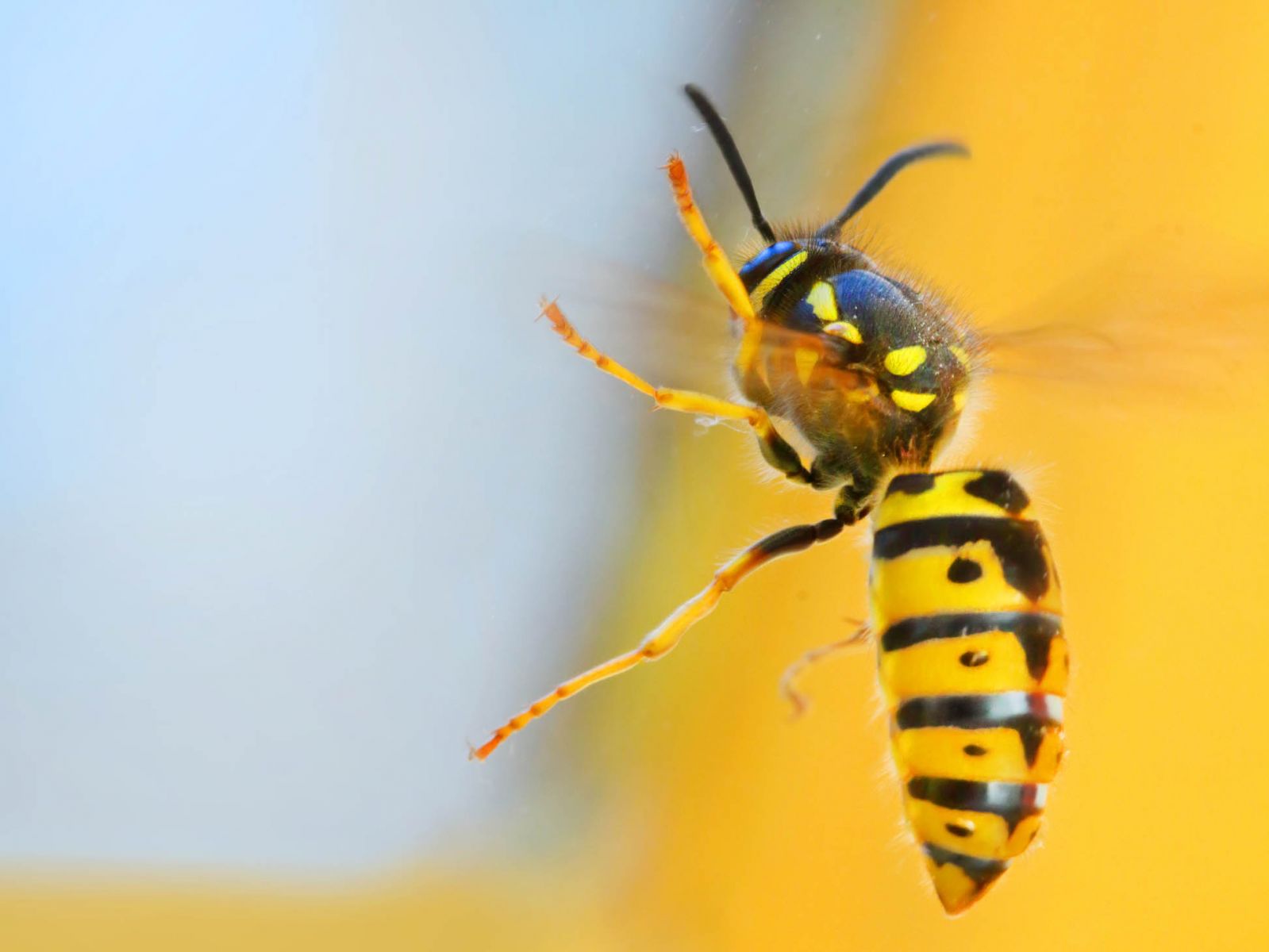
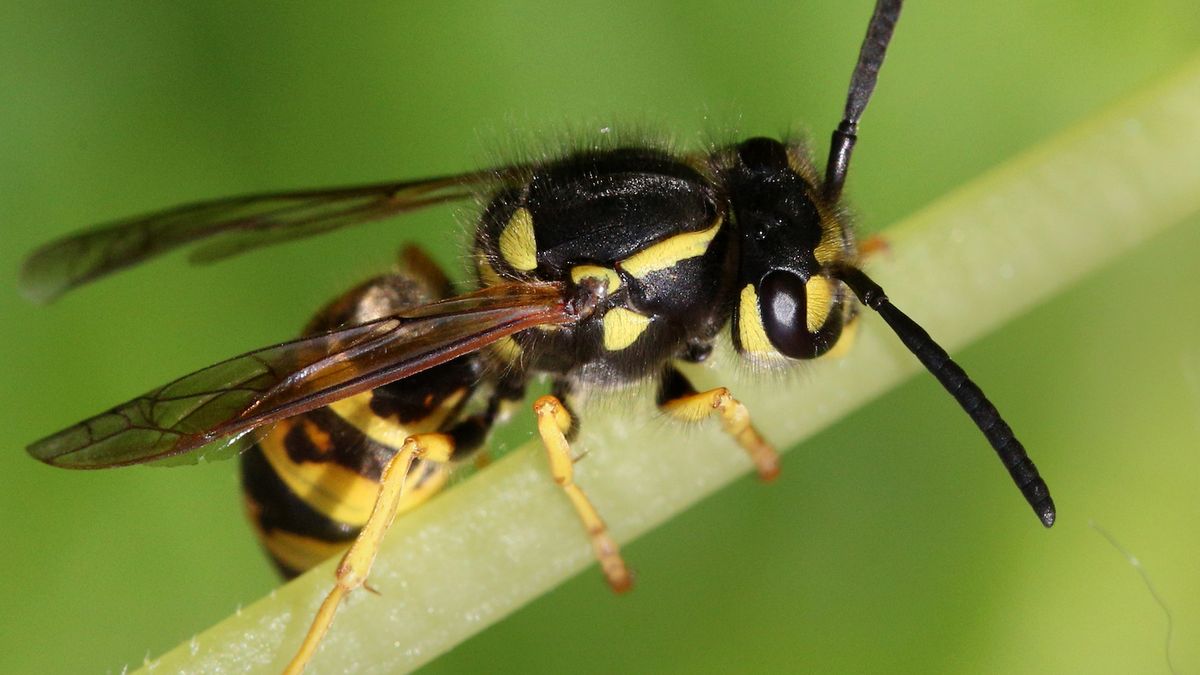
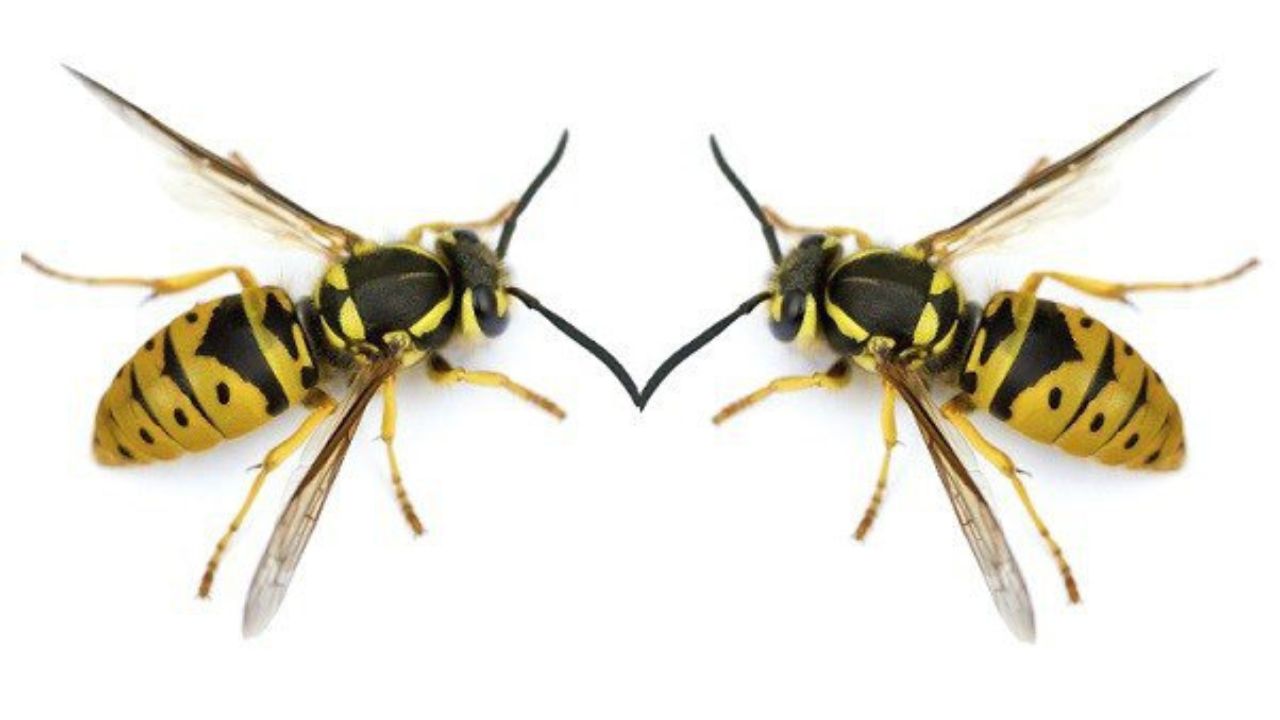
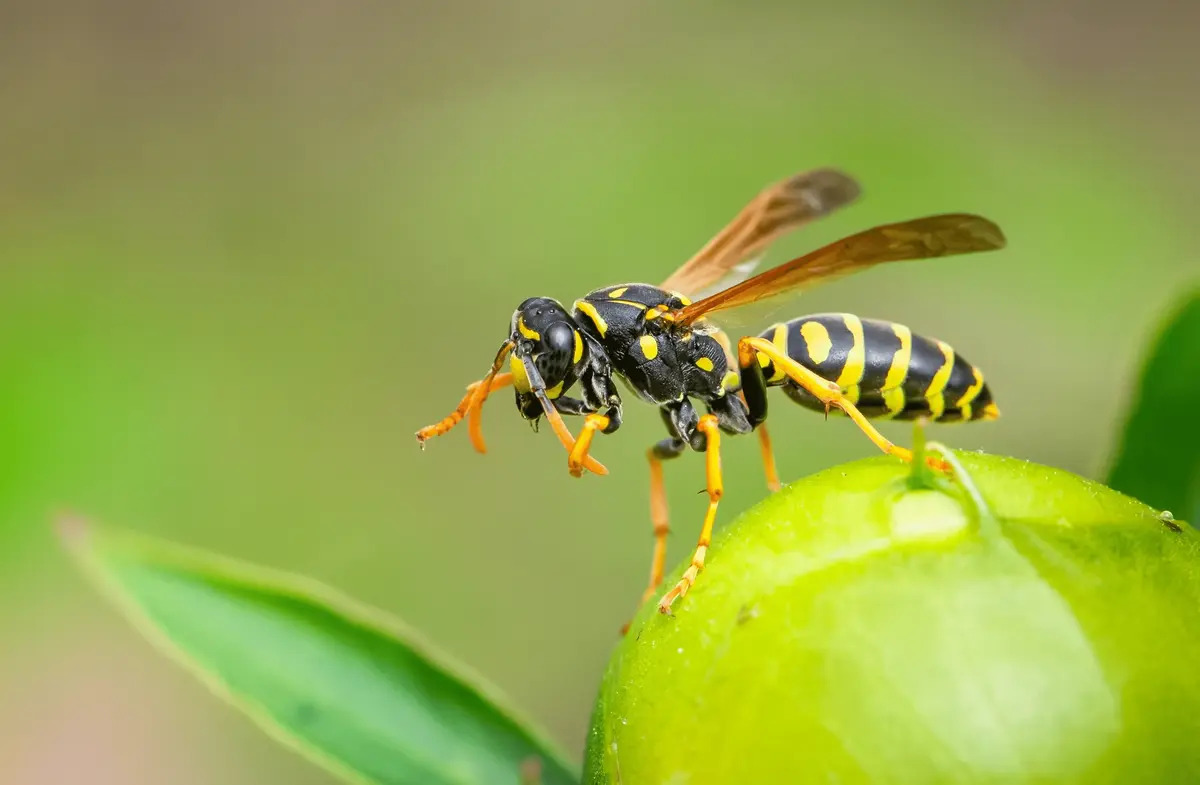
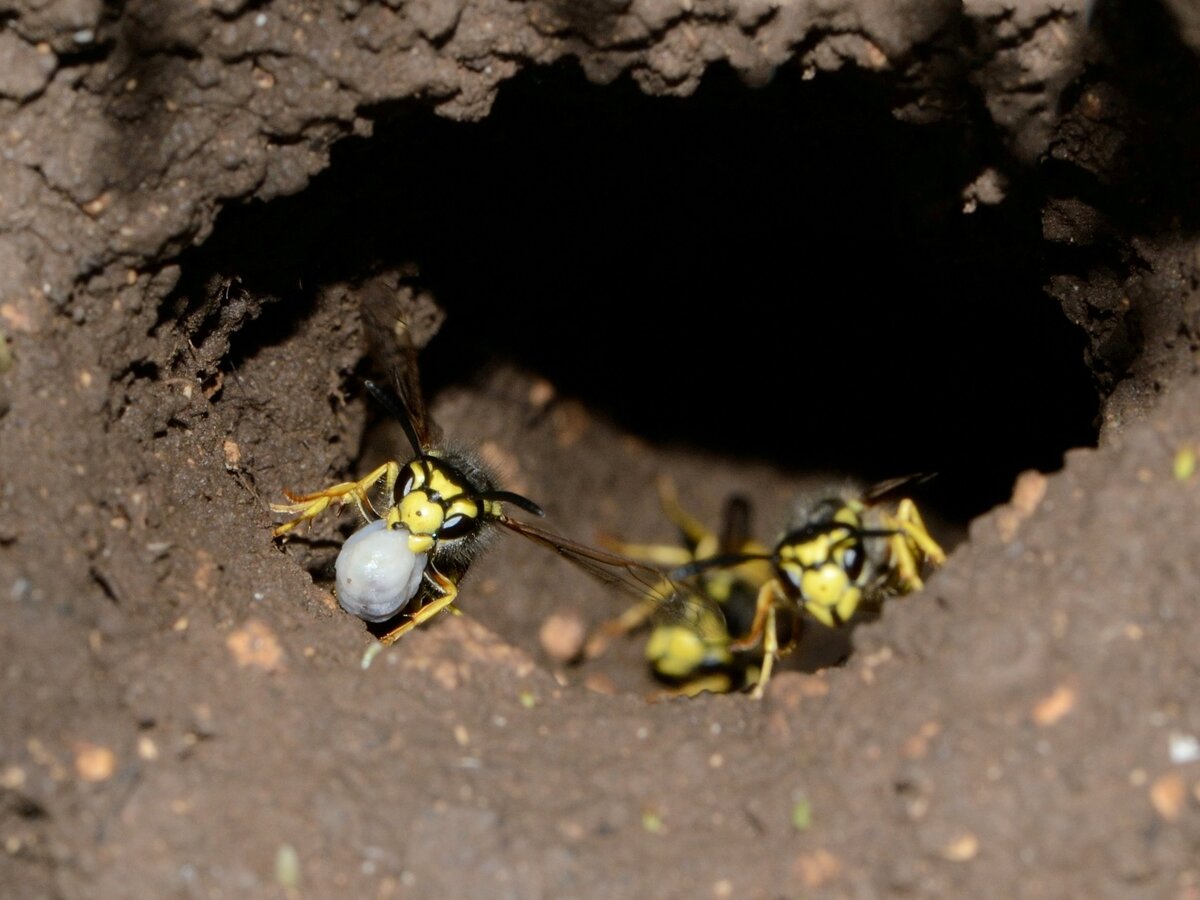

0 thoughts on “What Do Yellow Jackets Eat”